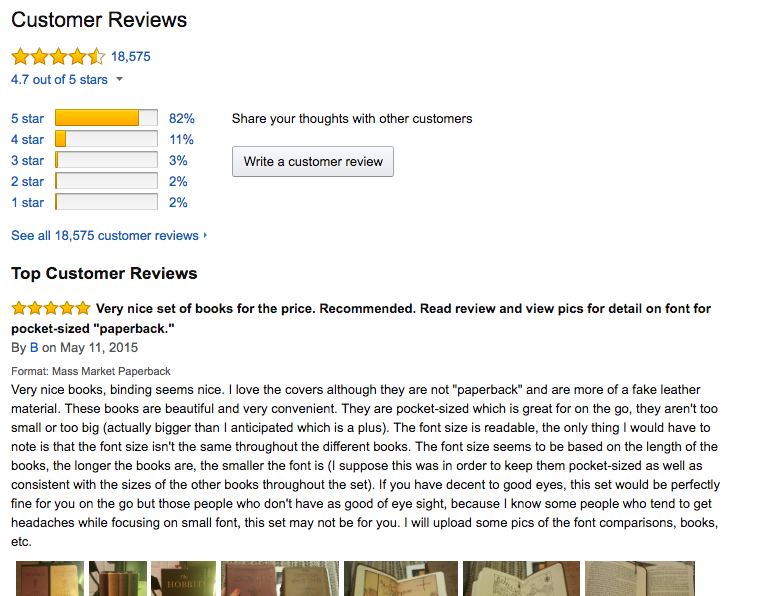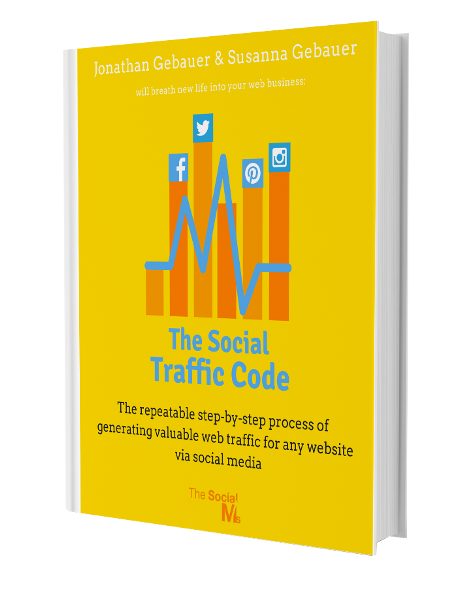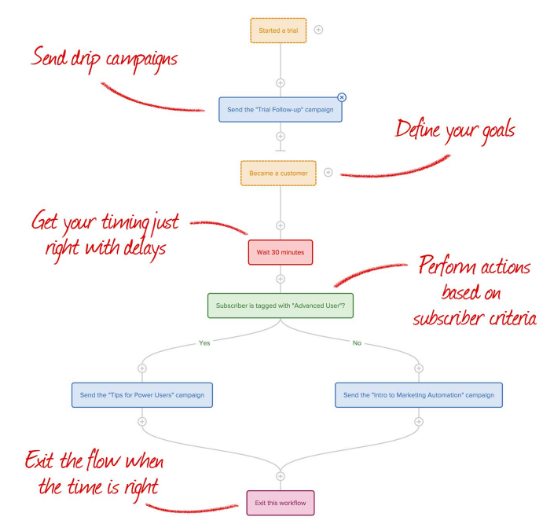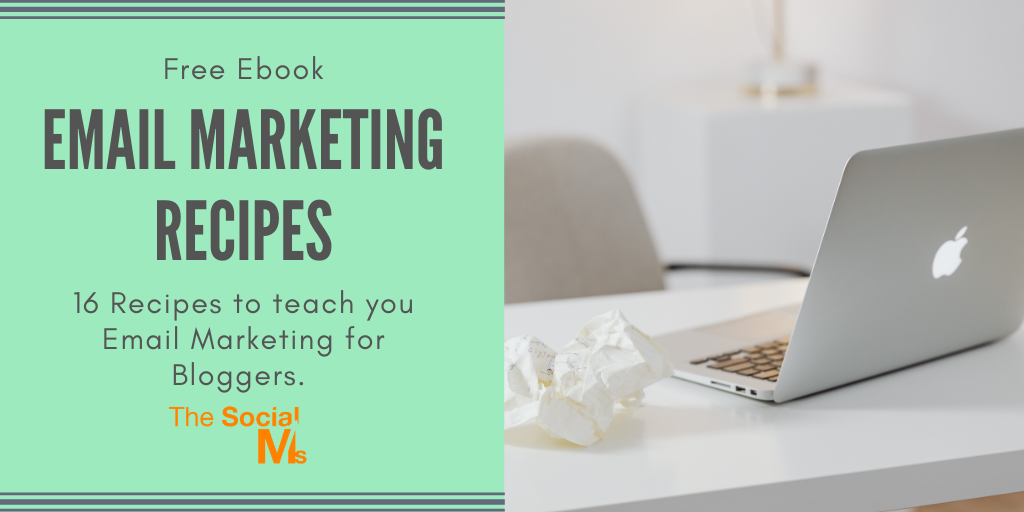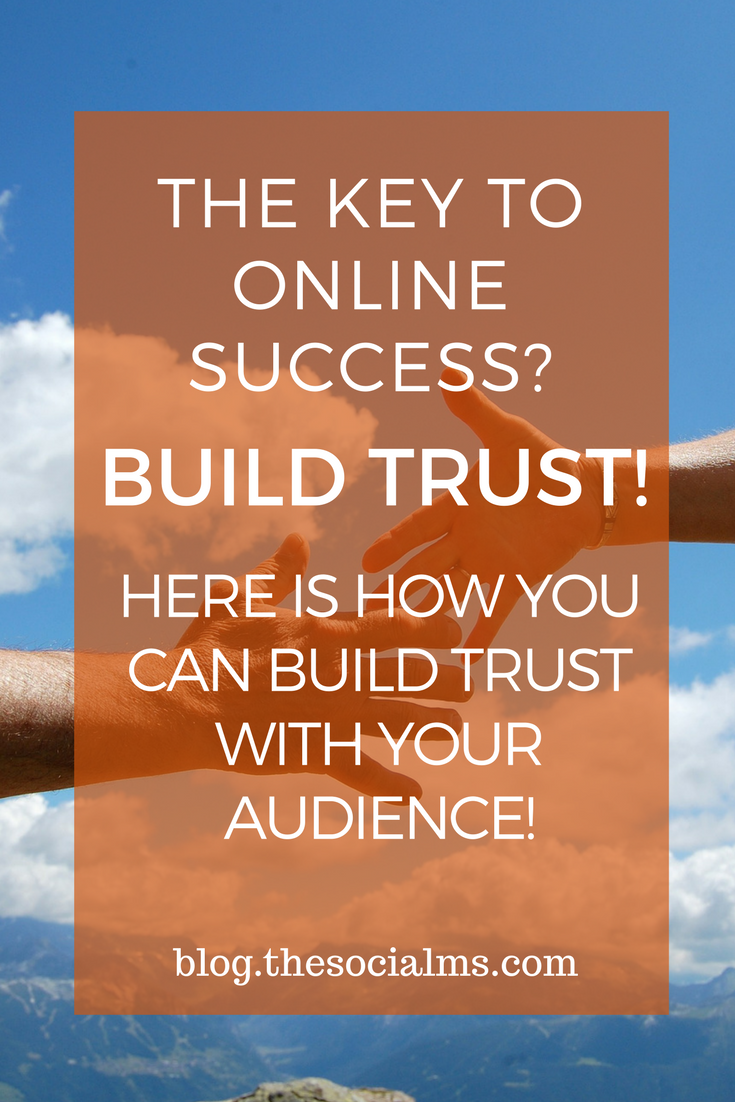Once there was an online marketer, who, by today’s standards, should be seen as a genius: He could sell massive amounts of products and make an enormous amount of money, simply by sending web traffic to a landing page. This landing page would do nothing special: It would simply present the product in question to the web visitor. And he didn’t need to collect mail addresses. He didn’t need to do any email marketing at all.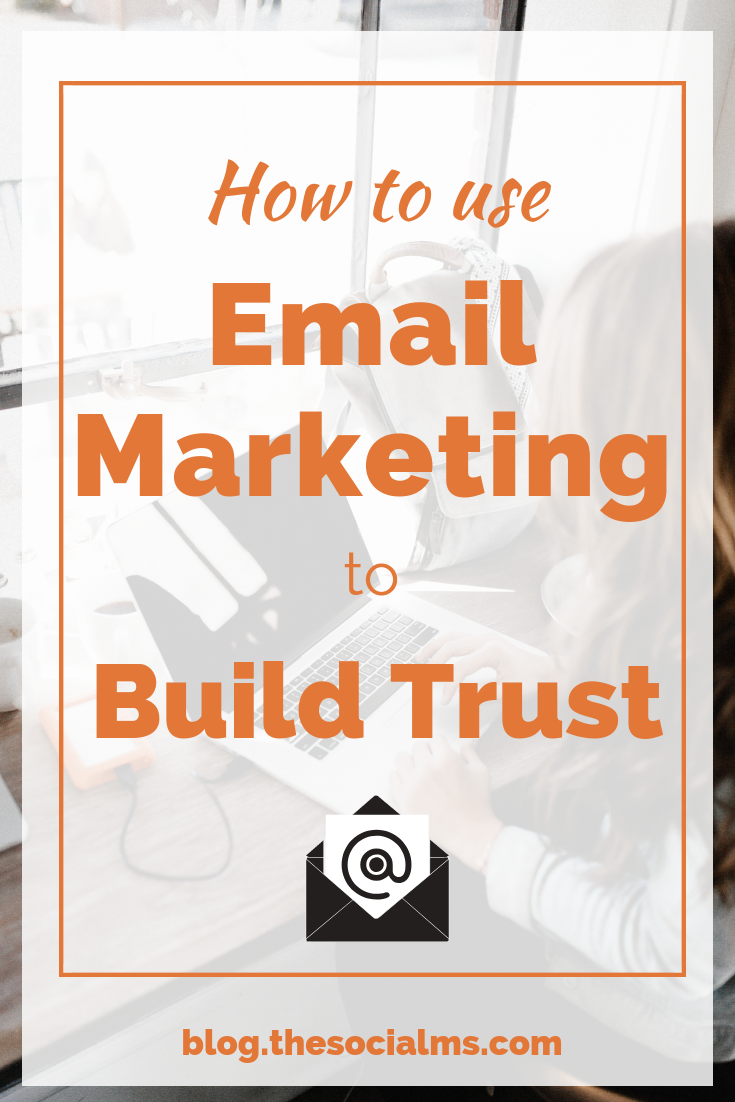
This was a long time ago. And even this genius online marketer has now opted for email marketing. And if you ever plan to make money with your blog or web presence, then 2017 should be the year you opt for email marketing.
Why YOUR Audience Is Having Trust Issues
There is a simple explanation of why it is often impossible anymore to sell anything on the web without having an email marketing strategy in place: Trust.
Human beings used to regard the web like they regard the information in the offline world, and information that you get offline is generally trustworthy, here are a few examples:
Before you read on - we have various resources that show you exactly how to use social networks to gain massive traffic and leads. For instance, check out the following:
FREE Step-by-Step Twitter Marketing GuideFREE Pinterest Marketing Ebook
- If you found an article in a magazine, you had the perception that the information in this magazine had to have passed several editors and for that had to be well researched. And you would usually be right.
- If you went to a bookstore, the books had been published by respectable publishers with well-paid fact checkers and editors – therefore the book should adhere to certain quality standards.
- If you bought clothing offline, you could see the quality of materials right in the store.
- If you bought tech products in a store, you would usually get well-informed guidance by the shop’s staff.
In the early days of the web, people regarded information on the web in a similar way: It was information, it came from people who were able to publish on the web, it had to be respectable… right?
That trust is gone today – and you’ve got the genius marketer from the introduction to thank for that. This genius marketer provided respectable looking information, generated traffic through good search engine optimization and well-targeted ads, … But then he sold his audience bad products. He lied to them about the quality of his products. And it turned out that this genius marketer wasn’t such a genius, after all, he wasn’t alone – he was in the company of many others doing exactly the same.
And after millions of bad products being sold to the general web population, the trust is gone. And before you will ever sell anything on the web, you have to get it back – for yourself.
Think about it: How often have you browsed the web and found a product on the web that promised you to solve your biggest problem (within hours, days or weeks), and thought to yourself: “Wait a minute… this can’t be right.”
Everybody has had this experience, and after having this thought, a web visitor is highly unlikely to ever buy a product from this website. Heck – we don’t even trust the news we get from the web like we used to. And if we take recent events regarding the recent US elections seriously, we shouldn’t:

Fake news like this one spread like wildfire during the election… from both sides. And you ask why people don’t trust websites they don’t know?
How Big Companies Get Around Trust Issues
Big companies have something you probably right now don’t have: A brand. If you manufacture cars, you have probably done that for the past 50 years, and people have seen your brand on the road. And when you have a brand, then people stick some trust to your brand. Again, some examples:
- German cars like Audi or Mercedes are well known for their luxury and reliability. (Whether that is true or not…)
- Red Bull sponsors high-performance athletes to nurture the idea that Red Bull heightens your performance.
- Apple’s slogan “Think different” targeted creative professionals once upon a time (before they became the brand that basically targeted everyone that could afford Apple’s products).
- …
That, however, doesn’t mean big companies don’t have to combat these trust issues as well. Think about Amazon or eBay with millions of products on their websites; these companies have to show a product or a seller is trustworthy if they want to generate sales. That is why they show trustworthiness by user-generated ratings.
You might now believe that you do have a brand after all – for instance, because you constantly have visitors to your site. But the reality is: You probably don’t have anything (at least if you don’t have an email list yet). How many of these visitors are returning visitors who visit your site more than once? How many of these visitors trust your information enough to share it with others?
It is a widespread misconception that visitors on your site are a trusting audience when all they are really is just an audience – the trust will usually come long after their first visit. You don’t go to the cinema once to see a movie and will come out trusting the director.
Hey, before you read on - we have in various FREE in-depth guides on similar topics that you can download. For this post, check out:
FREE workbook: CREATE AWESOME BLOG POSTSFREE Beginner's Guide: START A BLOG
To really make your audience trust you and trust you enough to buy your products, you need to achieve something wonderful:
- You need to make sure they visit your site more than once
- You need to make sure they always leave your site with the feeling that they got what they wanted
- You need to build a relationship between you(r brand) and them
- You need to fill them with a desire for more (of your content, services, or information)
This is where email marketing comes in – because, while email marketing is almost never the first contact you have with a visitor of your website, it can fulfill the above criteria.
The Importance of Email Marketing in Context to Trust
Let’s examine 2 different buyer journey’s for the typical website owner:
Visits website -> learns about product -> buys product
This is a typical buyers journey that many, many marketers on the web are trying to get rich by. But the truth is, even if you target your audience well via ads, even if you have great SEO success, this buyer’s journey will today lead to very saddening results. And even the people that do buy a product yield very low return rates – and are therefore not often going to buy another product from you. They simply forget where they got the product from, even if they are the happiest people on earth because of your product. Let’s examine something else:
Visits website -> finds reason to subscribe to emails -> constantly gets great content, free material, great storytelling, … -> learns about product -> buys product -> gets more free information -> learns about more products -> …
Which of these buyers journeys yields the better results, you think?
Email should be seen as a “second-step” web traffic source: People don’t first subscribe to your email list before they ever visit your website. There are exceptions to that, but you get the point: Usually, the first step is to get people to your website, where you get them to perform a sign-up which turns them into people that you can contact over and over again.
Step 1: Getting Someone’s Email Is the First Step to Building Trust
While there are other ways to have people subscribe to your website (RSS, social media, …), we humans place a lot higher value on information we receive via email than on information we see on any other online source. Email is, for most people at least, still the way we communicate with close friends, family, and colleagues, while the brands we follow on social media have far less importance for us.
That means that every email we get starts out as being almost equal to a personal interaction (if that email passes the spam filter).
Of course, we do get 100s of emails every week (or if you are like me, every day). We don’t open them all, but we at least skim the subject lines. Email is a trusted source as well as a personal source. And being able to contact someone via email is, therefore, a good first step to building trust.
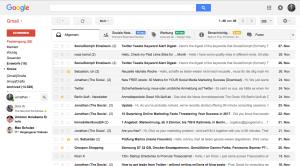
While we may not open every email that passes the spam filter, most people do actually skim the subject lines. Every email get’s treated the same – if it passes the spam filter
While this may sound like people are not very willing to give their email address to a stranger running an unknown website, that is really not the case! Because usually, if we give our email to someone via a newsletter subscription and we want to get out later, we can: We can either simply unsubscribe from the email list, or, if for whatever reason that doesn’t work, we can move the sender to our spam folder and be done with it. When we give away our phone number, we won’t get it back.
That is why it is relatively easy to get people to subscribe to an email list.
Here are some ways to get email addresses from website visitors:
- Offer a simple newsletter subscription form on your website. (Most email marketing tools already come with this feature built-in).
- Offer free material on your site that can be downloaded in return for the visitor’s email address.
- Offer content upgrades in blog articles (free information related to the article in return for the email address).
- Use tools like HelloBar and/or SumoMe to implement newsletter signups (both reward based and non-reward based) at various places on your site.
- You can read more about various techniques to get newsletter subscribers in this article on our blog.
Experiment with the various forms and especially combinations of them. The goal is to generate between 5% to 10% of new email subscribers from the visitors on your website.
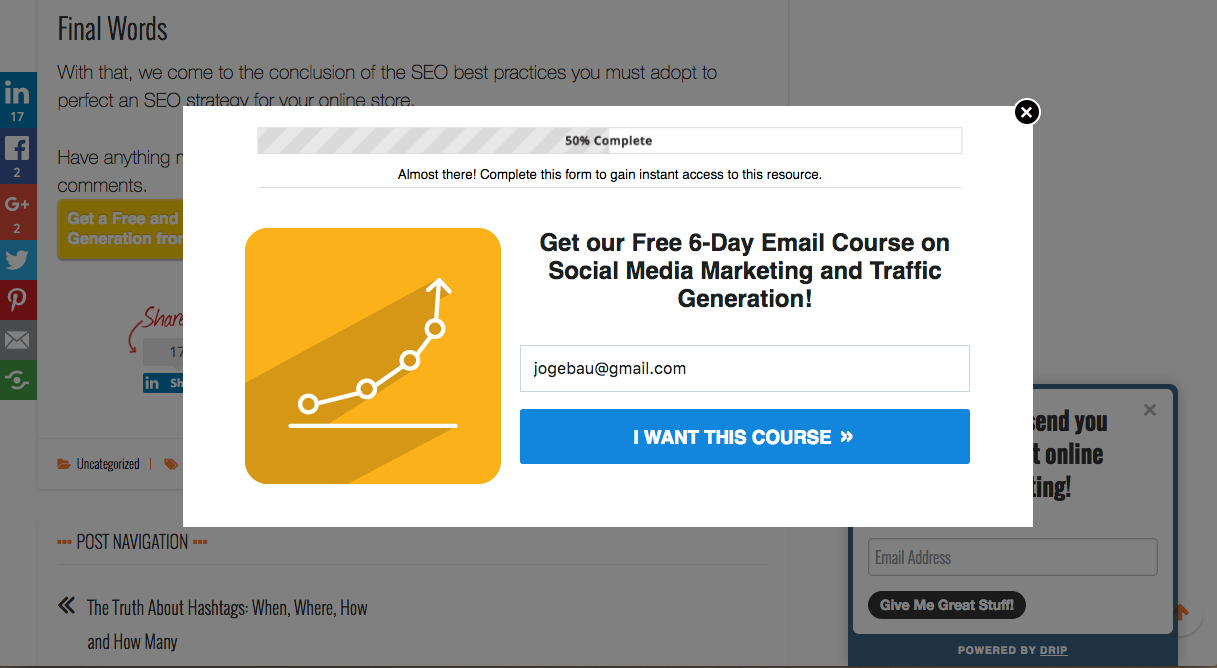
A signup lightbox promising free content. In the background on the lower right, you can see another, less intrusive box opening with a simple signup.
One thing that is especially important in email marketing is that you always need to deliver on your promises – or even overdeliver. People who got promised an ebook won’t trust you again if all they got was a single page of content.
Step 2: Constantly Building Trust through Email Broadcasts and Automation Sequences
While getting an email is a good way of starting a trusty relationship with that person, it’s only a start. Once you have it, you need to communicate with that person, and you should not be afraid to use that email address.
If you don’t use that email address by sending regular emails, you won’t build trust. People forget about how they subscribed to your email, and if you wait just a couple of weeks before they get your first email, all they are going to do is unsubscribe from your newsletter.
That is why you need to constantly send out newsletters – I like to recommend a minimum of once per week! Yes, minimum! At several points of my own marketing journey, I have been subscribed to newsletter lists which resulted in multiple emails per day, and I loved every email.
However, what you shouldn’t do is sell – at least not in these first emails. Or, at least, not directly. It is ok to mention your products, as long as the context of the email is still delivering value to your subscribers. But simple sales emails are not allowed to new subscribers – because sales emails do not deliver trust.
What I like to do is send subscribers to various automation sequences once they sign up. These are sequences of emails that send new subscribers our best-running blog articles – blog articles which I am sure are of value to a lot of people. The beauty of these sequences is that I can set them up once and already know that the content delivered will speak to my audience. To even increase the effect, I will also throw in emails with short tips and emails with links to more free ebooks and other advanced information.
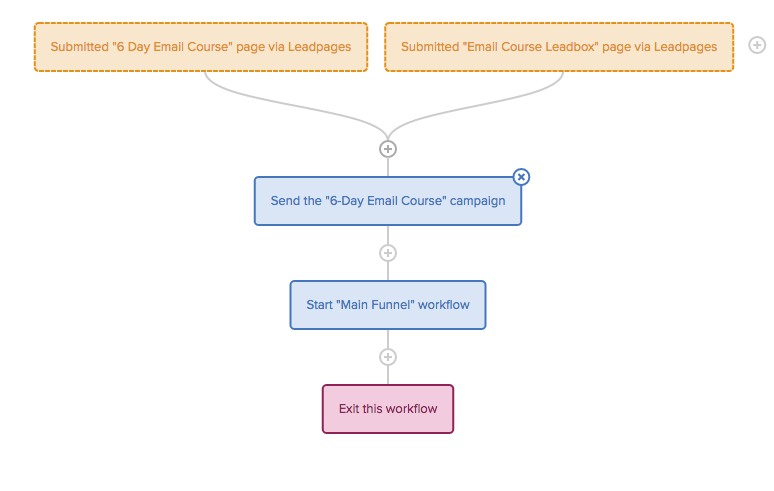
A simple automation workflow in Drip. Note that you can move subscribers from one Workflow to another and use Campaigns within Workflows!
I will also collect a little bit of data about my new subscriber by asking questions in return for another free piece of content and noted the information in the database in my email tool.
Once a subscriber received all emails in the automation sequence, I will move this subscriber into my broadcast segment, where I keep all the subscribers that are currently receiving my regular updates that I send out every time we have a new blog article to share or other information to send out. The goal is to constantly nurture email subscribers over a long period of time.
Here is how to start setting something like this up the easy way:
- For creating an automated onboarding sequence, gather all the data you have from Google Analytics and social shares: Which articles on your blog sparked the most social shares and which generated the most traffic. For a start, select the 3 best-performing articles and add mails with links to these articles to your automation sequence.
- Later, you can add more emails to your automation sequence. Fork the sequence if the subscriber performs specific actions, etc… Your email marketing funnel can become highly complicated with time.
- For the broadcast emails, write a rough template for the email that you are going to send out every time you have new content on your site.
You don’t want to set up a complicated set of sequences right from the start – you need to acquire knowledge about your subscribers first to be able to set this up effectively.
Learn how to grow your email list from social media and get more leads: Get our ebook “The Social Traffic Code!”
Step 3: Making Sales without Stopping the Nurturing Process
Everything that we’ve talked about until now has been about generating trust. But you also want to use this trust to sell your subscribers your high-value products or services.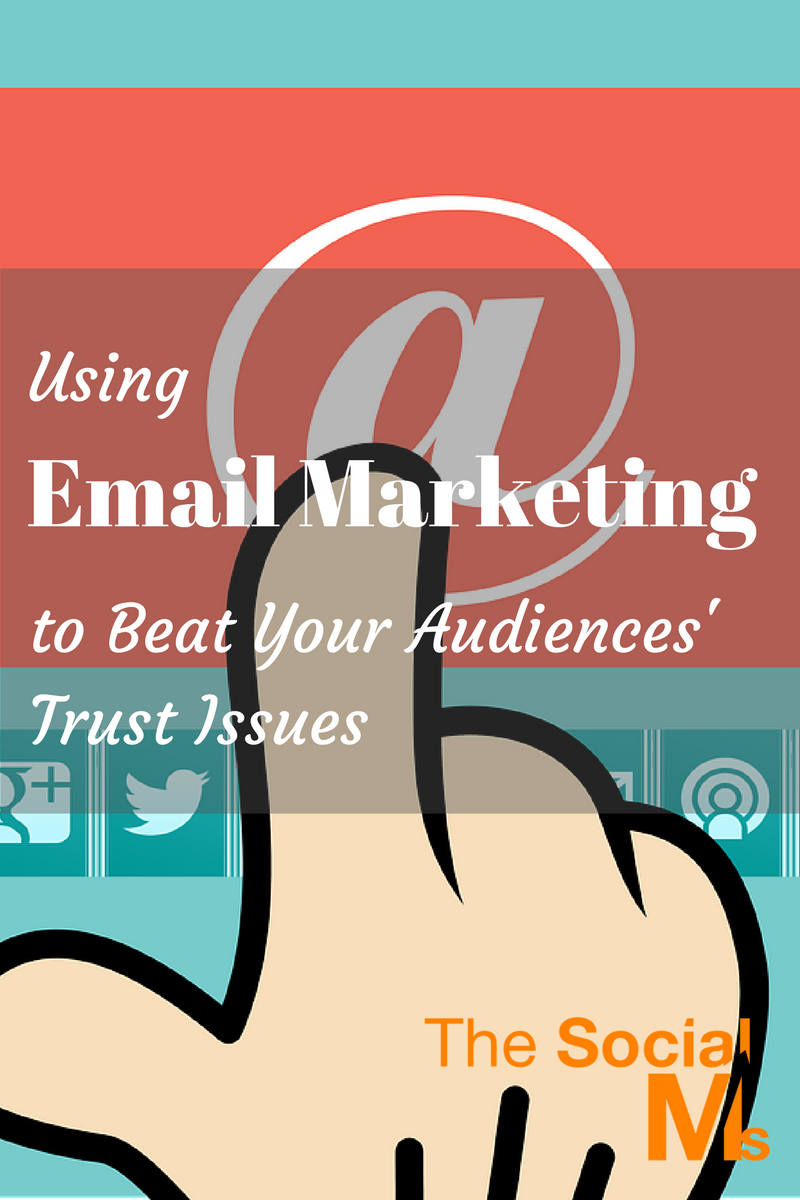
90% of the time you only want to sell indirectly to your subscribers. No direct sales emails. No repetition of how great your product is, …
How do you do that? You find ways to mention your products in a non-intrusive way. Here are a few examples of what we do:
- We mention our ebooks in some of our emails but only below the valuable email content that we provide.
- We also provide download pages for new free content for our subscribers – and once they have downloaded our content, we lead them to a landing page where we thank them for their trust and offer them our ebook at a reduced price. (Our Thank-You-Page alone lead to three times as many ebook sales as before.)
Our ebooks serve multiple purposes within our sales funnels. They make up a large part of our revenue, but they also serve as tripwires to our more expensive products: coaching services and online courses. (A tripwire is when you offer a low price product to prove your worth to your subscriber and also turn him into a client. Once you’ve managed to perform your first sale on a client, it is a lot easier to get him to buy something again.)
As noted above, you can send a maximum of 10% of pure sales messages to your list. We use these to promote special offers both on our ebooks as well as our higher value products.
Email Marketing Tools You Need to Perform This Strategy
There are three types of tools you need to perform this strategy:
- A tool to build landing pages
- An email marketing service that will allow you to set up automation sequences and send regular newsletters
- Tools that help with generating email signups from your website
You need a tool for landing pages both for your sales pages and some signup pages. We recommend LeadPages which comes with both an easy to use drag&drop landing page builder and 100s of great landing page templates that are already highly optimized for almost any purpose.
The email marketing tool that makes it by far easiest to build automation sequences over time is Drip. It is what we use, and you can also read our review here. Best of all, you can start out using it for free (for less than 100 subscribers). As an email marketing tool, Drip does provide all the features you need to perform this strategy.
As tools for email subscriber generation, there are 3 tools I want to highlight:
First, there is the above-mentioned LeadPages, which offers an additional feature called LeadBoxes: Lightboxes which popup above the content on your website and that we use to offer content in return for email addresses. You can freely design these LeadBoxes and set them to pop up at various points of your visitor’s interaction on your site (even when the visitor intends to leave).
You can also implement the mentioned content upgrades with the help of LeadBoxes.
Another tool we use is HelloBar which offers various options to show visitors highly optimized signup forms in the form of bars above or below the content, full page takeover screens that need to be closed before the visitor can see the screen again, and so on…
An alternative to HelloBar with more options but also a higher price is Sumome.
Final Words
This is our complete email marketing strategy that we use to overcome our audience’s trust issues. I want to highlight a few key points before closing this article:
- A key factor for any email marketing strategy is that you need to constantly grow your email list. The reason for that is that you need to factor in the natural decay of email lists: Email addresses become unresponsive by roughly 20% per year (people change their jobs, become uninterested in the topic, unsubscribe, …). Therefore you will either need to keep growing your list, or it will become worthless over time.
- Don’t try to generate trust for worthless products – you are ultimately trying to get people to buy repeatedly from you, not just once.
- Don’t try to create a perfect funnel right from the start – as with everything marketing related, try to constantly optimize after starting with a small version of what you’ve read above.
If you do this right, your email marketing strategy is perfectly suited to generate the trust you need within your audience!
Do you want to start your email marketing? Do you need some help with the basics of list building and newsletter best practices?
Get our free ebook “Email Marketing Recipes” – and get email marketing tips that will help you start your email marketing the better way.


